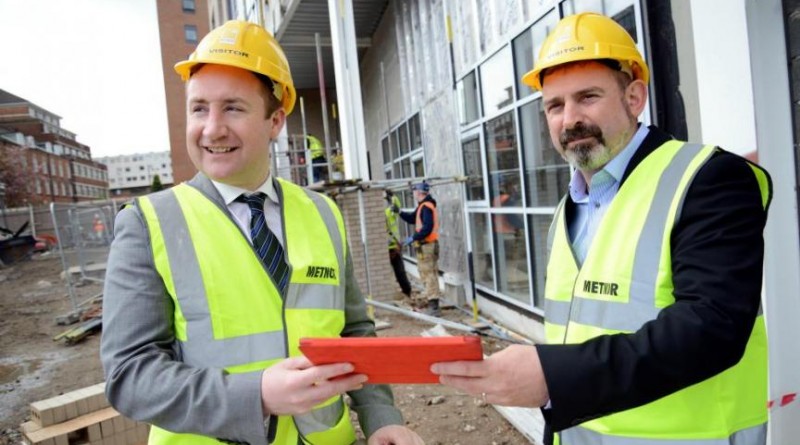Does the construction industry need a digital culture shift to survive?
As of yesterday, all government-funded construction work must be undertaken using Building information Modelling (BIM).
The BIM mandate is the first in a series of major developments in the government’s Construction 2025 strategy. A key strand of which is to have an industry in the UK that is efficient and technologically advanced to meet the growing demands of a global construction market, that is forecast to grow by more than 70% in the next decade.
The construction news has been peppered with stories about construction companies achieving verification for Level 2 BIM design and construction. However, the changes required for a successful transition to BIM in practice go much deeper than simply adopting the software and achieving the accreditation.
Pete Watson, CEO of Atlas Cloud, a UK firm of 3D virtualisation specialists who have been working with international partners ARES and Nomitech on the government’s HS2 project, said: “The sector needs to embrace a culture shift in the way they work. The BIM journey is about future-proofing the sector via centralisation of people, processes and technology.
“Traditionally, BIM data resides on users’ workstations, making it difficult to secure and share with other collaborators in real time. Accessing BIM in the field to make a simple edit or analyse a change in real time is therefore impossible.
“This presents a challenge in a sector where 90% of the building and construction workforce is project-based and out on site. BIM files shared across design centres are not efficient, nor do they support real-time collaboration. Not only does this erode efficiency and push up costs, but it can also increase the risk of litigation challenges to a project.
“Remote access cloud technologies are about enabling project teams to beat these challenges. We’re bringing the tools together in a virtual way and then integrating the data so that everybody is working in a standard way and has all the information they need at their fingertips.”
Using its bespoke Virtual Project Office, Atlas Cloud is able to allow the real time sharing of data and also to integrate and deliver complex applications over Citrix. Logging into the cloud from any mobile or desktop device therefore means that workers can access and use BIM software while they are on the move.
Watson said: “Cloud based software allows the site worker, the home worker, the worker on the move, and the worker at the international office to connect to a virtual workspace from everywhere. It’s a strategic fit with the very nature of the work of the construction industry, where collaboration and communication are key.
“IT was once a central overhead for construction companies. But embracing cloud connectivity could allow firms to save money, working on cost-per-user basis, dependant on the number of people working on a project.
“Through our work with large construction clients and central government we’re increasingly seeing big projects work with their tier one suppliers so they can drive adoption quicker. The cloud allows that, as it is a major way of bringing the tools together. With same day deployment on new projects and real time design and development, our clients are reporting increases in productivity and fee income as project teams are able to be more productive with less resource. It’s about mobility, security and a standardised way of working, with scalable deployment that’s cost effective. It allows a project team to control versions, future-proofing for the next stage of development.”
Erica Kemp, commercial director at international environmental consultancy Ecus, said: “This has been a natural move for us as we continue to expand and the transition period has been much less challenging than anticipated thanks to the strength, experience and availability of the Atlas Cloud team. Ecus has benefited from a 20% increase in productivity as a result of moving to the Atlas Cloud.”
Follow @ConstructionGL and @NellWalkerMG







